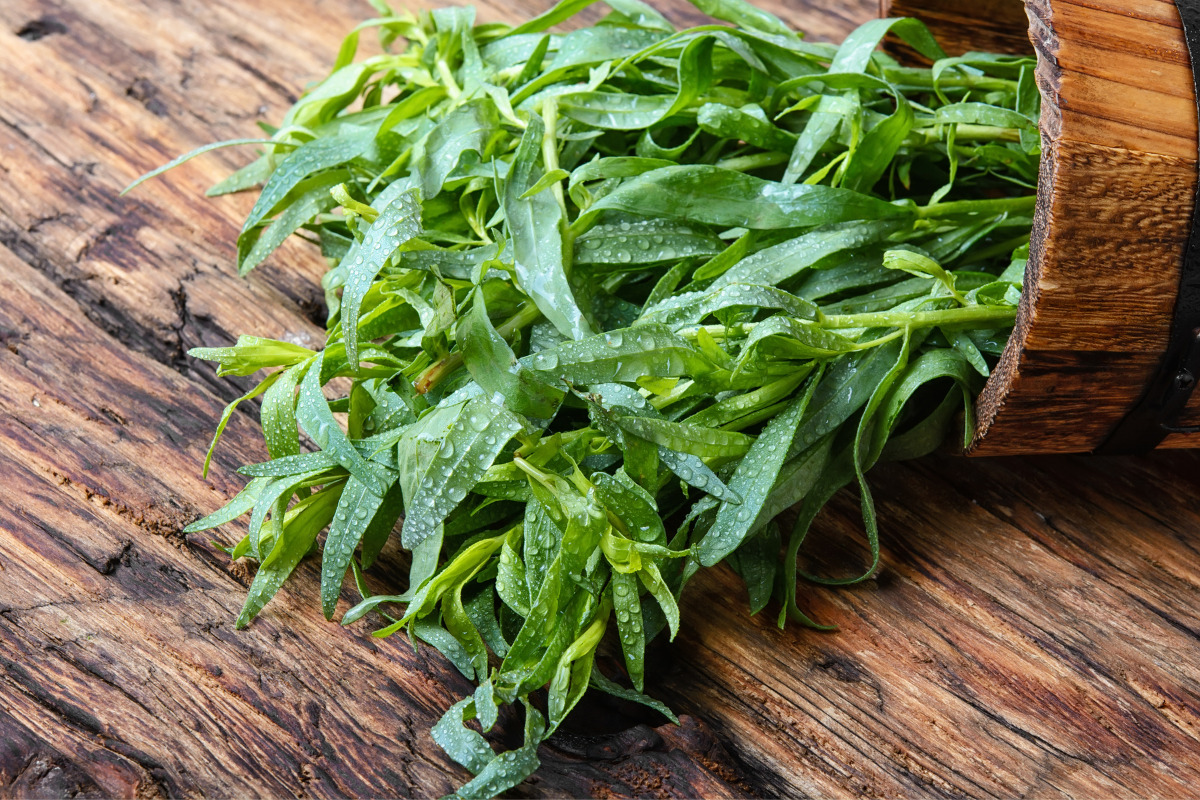
Table of Contents
Unlock the full potential of French cuisine by growing your own tarragon! Easy to grow and packed with flavor and health benefits, this herb is a must-have in any kitchen garden. Not only does it add flavor, but tarragon is also known for its medicinal properties, such as helping with digestion and reducing inflammation.
In this article, we’ll take a closer look at everything you need to know about growing tarragon, including how to plant it, care for it, and harvest it.
What is Tarragon?
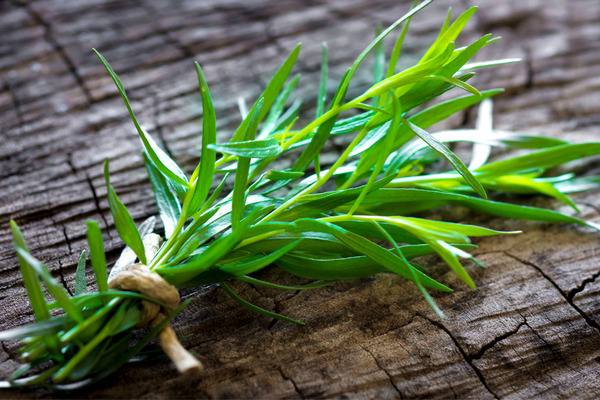
Tarragon, also known as Artemisia dracunculus, is a perennial herb native to Central Asia and used widely in French cuisine. It has a unique anise-like flavor and is commonly used to season chicken, fish, eggs, and many other dishes.
Tarragon is also popular for its medicinal properties, as it’s said to help with digestion and aid in reducing inflammation. It’s also used in traditional medicine. Tarragon is widely cultivated in many parts of the world, including Europe, North America, and Australia.
Tarragon can grow up to 3 feet tall and has long, slender, green leaves that are slightly serrated, narrow, and pointed. The plant produces small, greenish-yellow flowers that grow in clusters on tall, leafy stems. These flowers are not particularly showy and are often removed to promote leaf growth. Tarragon is a hardy herb that can survive in a variety of conditions, from full sun to partial shade.
History of Tarragon
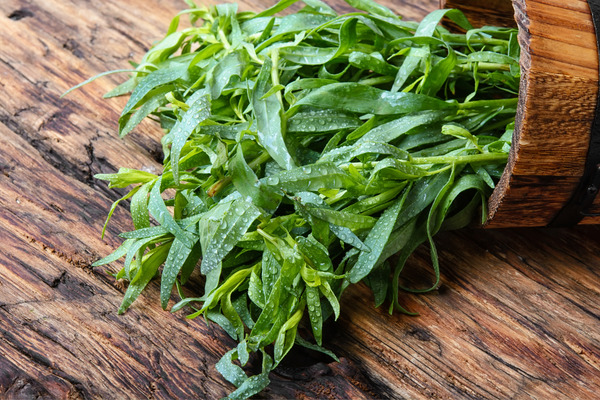
Tarragon has been used for culinary and medicinal purposes for centuries. The ancient Greeks and Romans used tarragon for a variety of ailments, and it was also believed to have aphrodisiac properties. In medieval Europe, tarragon was used in cookery and was believed to have medicinal properties that could help with digestion and relieve toothaches.
In the 19th century, tarragon was introduced to America, where it quickly became a popular herb in French cuisine. Today, tarragon is used worldwide as a spice in a variety of dishes, particularly in French cuisine. It’s also used in some traditional medical practices.
How to Propagate Tarragon
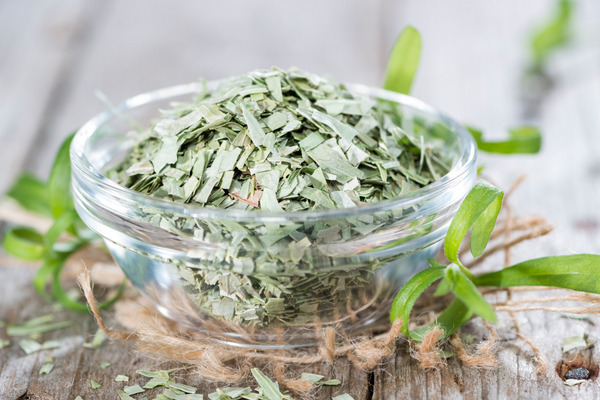
Tarragon can be propagated through seed or root cuttings. To propagate by seed, sow the seeds in a well-draining soil mix and keep them in a warm place with indirect light. To propagate by root cuttings, take a cutting from a mature tarragon plant and plant it in a well-draining soil mix.
Keep the soil moist and in a warm place with indirect light until roots have formed and new growth appears. Whichever method you choose, be sure to keep the soil consistently moist but not waterlogged, and be patient as tarragon can take several weeks to root and establish.
How to Grow Tarragon

Soil and Sunlight
Tarragon prefers well-draining, sandy soils with a slightly acidic to neutral pH (6.0-7.0). It does not tolerate heavy clay soils or prolonged wet conditions. It also likes a sunny spot, with at least 6 hours of direct sun per day, but it can tolerate partial shade. Make sure to keep soil consistently moist but not waterlogged, and add a layer of organic mulch to help retain moisture and suppress weeds.
Water
Tarragon prefers consistently moist soil, but it does not like waterlogged or soggy conditions. It is drought-tolerant and can handle dry soil for short periods, but it will perform better with regular watering, especially during hot and dry periods.
A good rule of thumb is to water the plant when the top inch of soil is dry. It’s important to avoid over-watering or letting the soil dry out completely, as this can cause the leaves to wilt and the plant to become stressed.
Fertilizer
Tarragon isn’t particularly demanding when it comes to fertilizer. A well-drained soil with a slightly acidic to neutral pH and a moderate amount of organic matter should be sufficient for its growth. However, if you want to give it a boost, you can feed it with a balanced fertilizer, such as a 10-10-10 or a 20-20-20 mix, in the spring, before new growth appears.
Avoid over-fertilizing, as this can lead to lush foliage but poor flavor. You can also add a layer of organic mulch, such as compost or well-rotted manure, to provide slow-release nutrients to the soil.
Pruning
Tarragon doesn’t require regular pruning, but it can benefit from occasional maintenance pruning. Pruning will help to control the size of the plant, promote bushier growth, and encourage new, flavorful foliage. In early spring, before new growth appears, cut back the previous year’s growth to about 3-4 inches above the ground. This will also help to remove any dead or damaged foliage from the previous season.
During the growing season, you can also pinch back or trim the tips of the stems to encourage bushier growth and keep the plant from getting too tall. In general, tarragon is a hardy herb that can tolerate a wide range of growing conditions, so pruning is not essential for its survival.
Pests and Diseases
Tarragon is generally considered a hardy herb that is not susceptible to many pests or diseases. However, it can be affected by some common garden pests and issues such as:
- Aphids: These tiny insects can suck the sap from the leaves and stems of tarragon, causing yellowing or wilting. You can remove them by hand or spray the plant with a solution of water and dish soap.
- Whiteflies: They are small white insects that fly around the plant when it’s disturbed. They can cause damage to the leaves and weaken the plant. You can control them by using sticky traps or by applying insecticidal soap.
- Fungal diseases: Tarragon is susceptible to fungal diseases such as powdery mildew, which causes a white powdery coating on the leaves. Preventing overcrowding and providing good air circulation can help prevent fungal issues.
- Root rot: Tarragon is not tolerant of wet soil or waterlogged conditions, and can be prone to root rot. To prevent this, make sure to plant it in well-draining soil, and avoid over-watering or allowing the soil to dry out completely.
Proper watering, fertilizing, and providing good air circulation and adequate light, will help keep your tarragon healthy and free of pests and diseases, so it’s important to keep a close eye on your plants.
Harvesting and Storing Tarragon
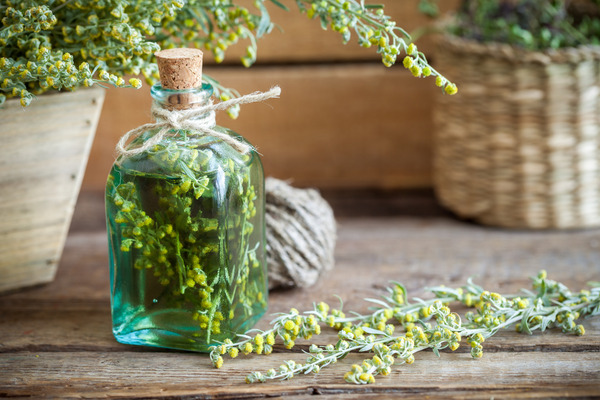
Tarragon can be harvested as soon as the plant is established and has enough leaves. The best time to harvest is in the morning when the oils in the leaves are most concentrated. Cut the stems just above a leaf node and avoid taking too much from one plant at a time. The leaves can be used fresh or dried.
To dry tarragon, tie the stems together and hang them upside down in a warm, dry, well-ventilated area. Once dry, remove the leaves from the stems and store them in an airtight container. Fresh tarragon can be stored in the refrigerator for a few days wrapped in a damp paper towel, but it’s best to use it as soon as possible for the best flavor. Dried tarragon will keep for up to a year in an airtight container, stored in a cool and dry place.
Frequently Asked Questions about Tarragon
Tarragon is relatively easy to grow, it prefers well-draining soil and regular watering.
It is not necessary to cut back tarragon in the fall, but pruning in the spring before new growth appears can help to control the size of the plant and promote bushier growth.
To winterize tarragon, you can mulch the base of the plant to insulate it from cold temperatures and reduce moisture loss, and also protect it from frost by covering it with a frost blanket or burlap.
It is not necessary to let tarragon flower, as the leaves of the plant are the most flavorful part and the flowers are not considered to be edible. Pinching off the flowers as they appear will also help the plant focus its energy on producing flavorful foliage.
Avoid planting tarragon near dill, fennel, and anise, as they will cross-pollinate.
Tarragon is not considered invasive, but it can spread aggressively through root runners if it is not kept in check, it’s best to keep it contained by planting in a container or by planting it in a spot where it can’t spread to other areas of your garden.
The Take-Away
Growing tarragon is easy and rewarding. It does require a little maintenance as you’ll have to keep an eye out for common pests and diseases, water and fertilize regularly, and harvest and store it carefully. With proper care, you’ll be able to enjoy fresh or dried tarragon all year long.






